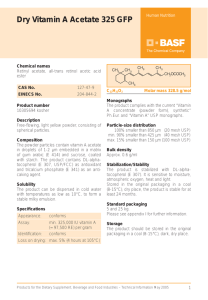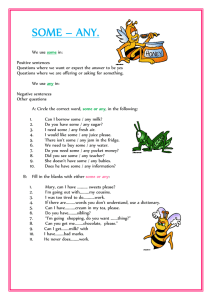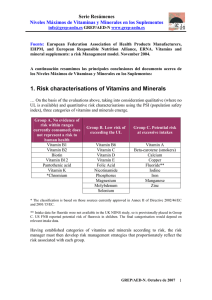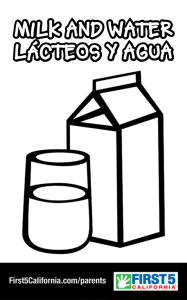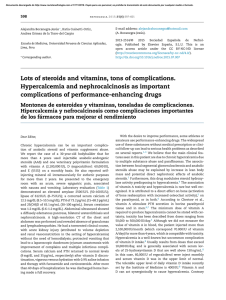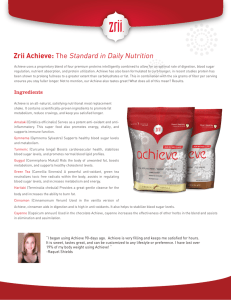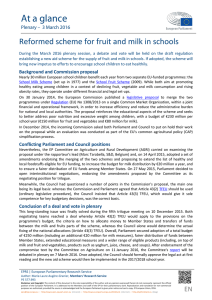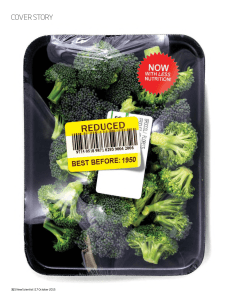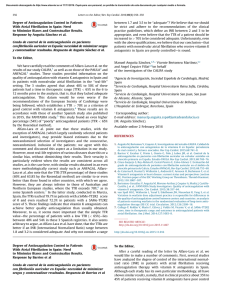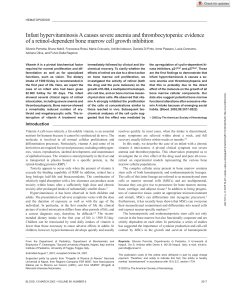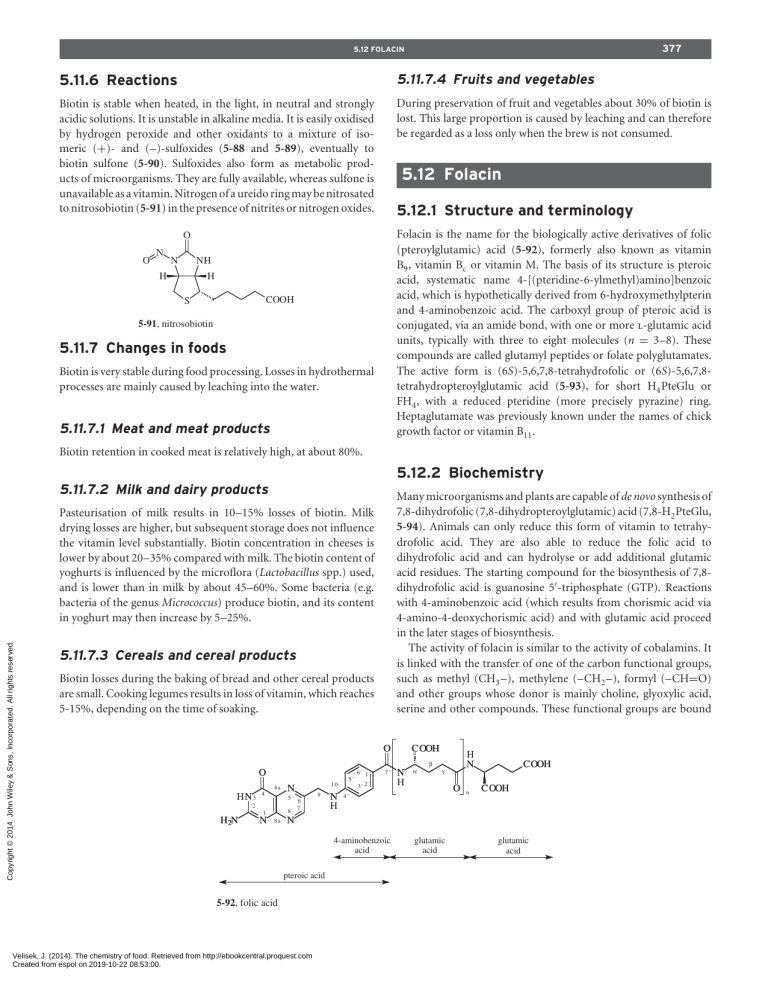
377 5.12 FOLACIN 5.11.6 Reactions 5.11.7.4 Fruits and vegetables Biotin is stable when heated, in the light, in neutral and strongly acidic solutions. It is unstable in alkaline media. It is easily oxidised by hydrogen peroxide and other oxidants to a mixture of isomeric (+)- and (–)-sulfoxides (5-88 and 5-89), eventually to biotin sulfone (5-90). Sulfoxides also form as metabolic products of microorganisms. They are fully available, whereas sulfone is unavailable as a vitamin. Nitrogen of a ureido ring may be nitrosated to nitrosobiotin (5-91) in the presence of nitrites or nitrogen oxides. During preservation of fruit and vegetables about 30% of biotin is lost. This large proportion is caused by leaching and can therefore be regarded as a loss only when the brew is not consumed. 5.12 Folacin 5.12.1 Structure and terminology Folacin is the name for the biologically active derivatives of folic (pteroylglutamic) acid (5-92), formerly also known as vitamin B9 , vitamin Bc or vitamin M. The basis of its structure is pteroic acid, systematic name 4-[(pteridine-6-ylmethyl)amino]benzoic acid, which is hypothetically derived from 6-hydroxymethylpterin and 4-aminobenzoic acid. The carboxyl group of pteroic acid is conjugated, via an amide bond, with one or more l-glutamic acid units, typically with three to eight molecules (n = 3–8). These compounds are called glutamyl peptides or folate polyglutamates. The active form is (6S)-5,6,7,8-tetrahydrofolic or (6S)-5,6,7,8tetrahydropteroylglutamic acid (5-93), for short H4 PteGlu or FH4 , with a reduced pteridine (more precisely pyrazine) ring. Heptaglutamate was previously known under the names of chick growth factor or vitamin B11 . O O N N NH H H COOH S 5-91, nitrosobiotin 5.11.7 Changes in foods Biotin is very stable during food processing. Losses in hydrothermal processes are mainly caused by leaching into the water. 5.11.7.1 Meat and meat products Biotin retention in cooked meat is relatively high, at about 80%. 5.12.2 Biochemistry 5.11.7.2 Milk and dairy products Many microorganisms and plants are capable of de novo synthesis of 7,8-dihydrofolic (7,8-dihydropteroylglutamic) acid (7,8-H2 PteGlu, 5-94). Animals can only reduce this form of vitamin to tetrahydrofolic acid. They are also able to reduce the folic acid to dihydrofolic acid and can hydrolyse or add additional glutamic acid residues. The starting compound for the biosynthesis of 7,8dihydrofolic acid is guanosine 5 -triphosphate (GTP). Reactions with 4-aminobenzoic acid (which results from chorismic acid via 4-amino-4-deoxychorismic acid) and with glutamic acid proceed in the later stages of biosynthesis. The activity of folacin is similar to the activity of cobalamins. It is linked with the transfer of one of the carbon functional groups, such as methyl (CH3 –), methylene (–CH2 –), formyl (–CH=O) and other groups whose donor is mainly choline, glyoxylic acid, serine and other compounds. These functional groups are bound Copyright © 2014. John Wiley & Sons, Incorporated. All rights reserved. Pasteurisation of milk results in 10–15% losses of biotin. Milk drying losses are higher, but subsequent storage does not influence the vitamin level substantially. Biotin concentration in cheeses is lower by about 20–35% compared with milk. The biotin content of yoghurts is influenced by the microflora (Lactobacillus spp.) used, and is lower than in milk by about 45–60%. Some bacteria (e.g. bacteria of the genus Micrococcus) produce biotin, and its content in yoghurt may then increase by 5–25%. 5.11.7.3 Cereals and cereal products Biotin losses during the baking of bread and other cereal products are small. Cooking legumes results in loss of vitamin, which reaches 5-15%, depending on the time of soaking. O 4a HN3 4 5 2 8 1 H 2N N 8a 10 N 9 6 7 N H 5´ 6´ 1´ O COOH 7´ α 3´ 2´ N H β H N γ O 4´ n COOH COOH N 4-aminobenzoic acid pteroic acid 5-92, folic acid Velisek, J. (2014). The chemistry of food. Retrieved from http://ebookcentral.proquest.com Created from espol on 2019-10-22 08:53:00. glutamic acid glutamic acid

